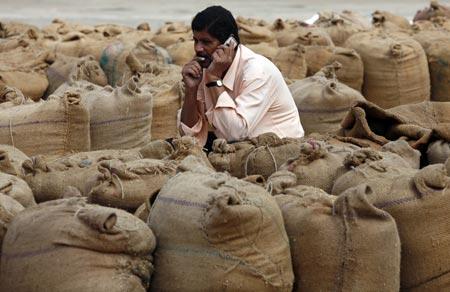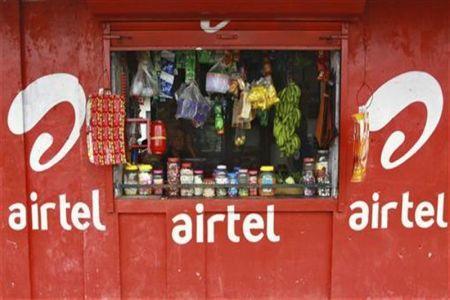
The country's telecom industry, reeling under heavy debt, took a knock when the government issued a number of 2G telecom spectrum licences in 2008, doubling the number of operators in every circle overnight.
"As licences were offered at below-market prices, it attracted many non-serious players looking for arbitrage profits.
"The result was hyper competition for subscribers and a sharp fall in the operating margins of existing players," says a telecom analyst with a Mumbai-based brokerage firm.
. . .

To accommodate new subscribers, existing operators were forced to expand networks.
"There was a sharp rise in subscriber additions from 2008, forcing mobile operators to scale up their investment in networks.
"This was largely funded through debt," says Cellular Operators Association of India director general Rajan Mathews.
While the industry was still grappling with over-crowding in the voice market, it was hit by the financial stress of 3G and 4G auctions in 2010.
"The biggest spike in debt pile occurred after the 3G and 4G auctions in 2010. The exorbitant bids forced winners to resort to debt for payments," says Sivarama Krishnan, executive director (risk advisory services), PwC India.
. . .

According to PwC estimates, the auction added about Rs 98,000 crore (Rs 980 billion) to the industry's debt.
The government's earnings from the auctions stood at about Rs 106,000 crore (Rs 1,060 billion) in FY10.
"If not for the 3G auction, there wouldn't have been the Comptroller and Auditor General report on spectrum pricing, which became the basis of the Supreme Court judgment on licence cancellation," says Krishnan.
The spectrum pricing in the coming 2G spectrum auction, as well as the spectrum re-farming, is based on 3G spectrum prices.
. . .

Experts blame the government for making telecom an expensive business in India.
The government gives too little spectrum -- 4.8 MHz per operator, per circle.
This is less than half the spectrum required for an efficient network and forces operators to put more towers to cover a particular market than their global peers.
The result is higher capital and operating expenditure.
"India has a total of 6,00,000 mobile towers, thrice the number in China, despite the Chinese mobile market being one-and-half-times bigger than India's," says Krishnan. Given the erratic power supply in most parts of the country, every tower requires power back-up in the form of diesel-fired generators, which burn a lot of fuel.